The Small Modular Reactor Market (SMR) market is currently characterized by a dynamic competitive landscape, driven by the increasing demand for clean energy solutions and the need for energy security. Key players such as NuScale Power (US), Rolls-Royce (GB), and TerraPower (US) are at the forefront, each adopting distinct strategies to enhance their market positioning. NuScale Power (US) focuses on innovation through its advanced SMR designs, aiming to provide scalable and flexible nuclear solutions. Meanwhile, Rolls-Royce (GB) emphasizes partnerships and collaborations, particularly in the UK, to bolster its manufacturing capabilities and expedite project timelines. TerraPower (US) is leveraging its technological advancements in nuclear energy to address sustainability challenges, positioning itself as a leader in next-generation reactor designs. Collectively, these strategies contribute to a competitive environment that is increasingly oriented towards innovation and sustainability.
In terms of business tactics, companies are localizing manufacturing and optimizing supply chains to enhance operational efficiency. The SMR market appears moderately fragmented, with several players vying for market share. However, the influence of key players is substantial, as they drive technological advancements and set industry standards. The collective efforts of these companies not only shape market dynamics but also foster a collaborative environment that encourages innovation and knowledge sharing.
In August 2025, NuScale Power (US) announced a strategic partnership with a leading energy provider to develop a new SMR project in the Pacific Northwest. This collaboration is expected to accelerate the deployment of NuScale's technology, enhancing its market presence and demonstrating the viability of SMRs in meeting regional energy needs. The partnership underscores the importance of collaboration in overcoming regulatory and technical challenges associated with nuclear energy projects.
In September 2025, Rolls-Royce (GB) unveiled its plans to establish a new manufacturing facility dedicated to SMR components in the Midlands. This move is anticipated to create jobs and strengthen the supply chain for its SMR projects. By investing in local manufacturing, Rolls-Royce aims to reduce costs and improve project timelines, thereby enhancing its competitive edge in the market. This facility is likely to play a crucial role in supporting the UK’s energy transition goals.
In October 2025, TerraPower (US) secured a significant investment from a consortium of private investors to advance its Natrium reactor project. This funding will facilitate the development of advanced nuclear technologies and support the commercialization of its innovative reactor design. The investment reflects growing confidence in TerraPower's approach to sustainable nuclear energy and positions the company favorably in the evolving energy landscape.
As of October 2025, the SMR market is witnessing trends such as digitalization, sustainability, and the integration of artificial intelligence in reactor design and operations. Strategic alliances are increasingly shaping the competitive landscape, enabling companies to pool resources and expertise. Looking ahead, competitive differentiation is likely to evolve from traditional price-based competition to a focus on innovation, technological advancements, and supply chain reliability. This shift may redefine how companies position themselves in the market, emphasizing the importance of sustainable practices and cutting-edge technology.


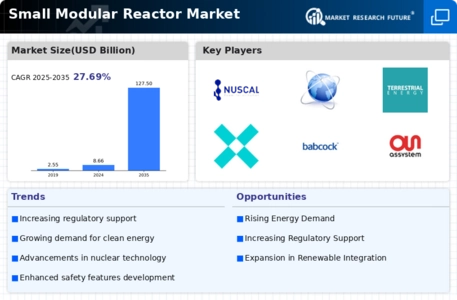
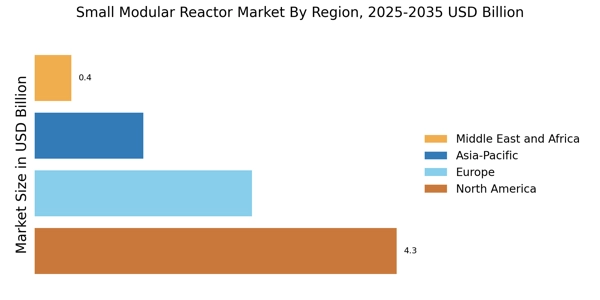

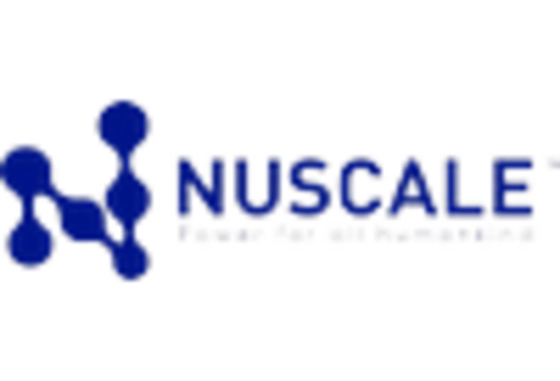


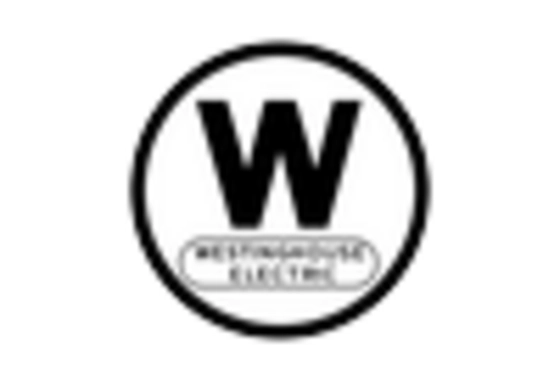
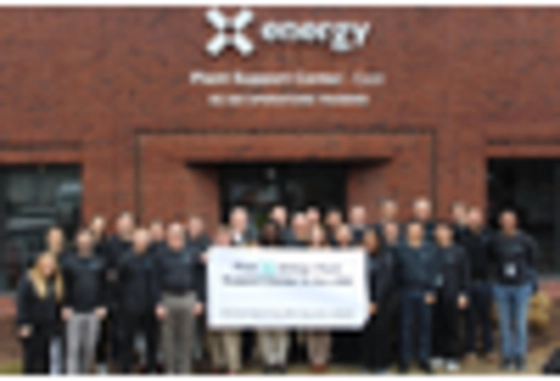








Leave a Comment